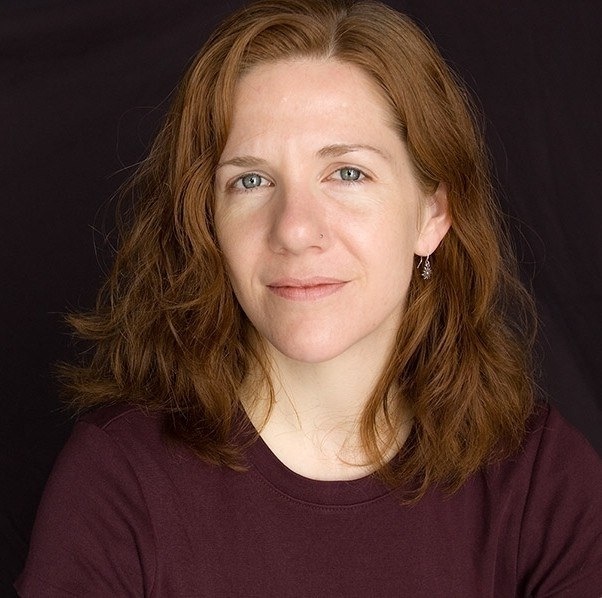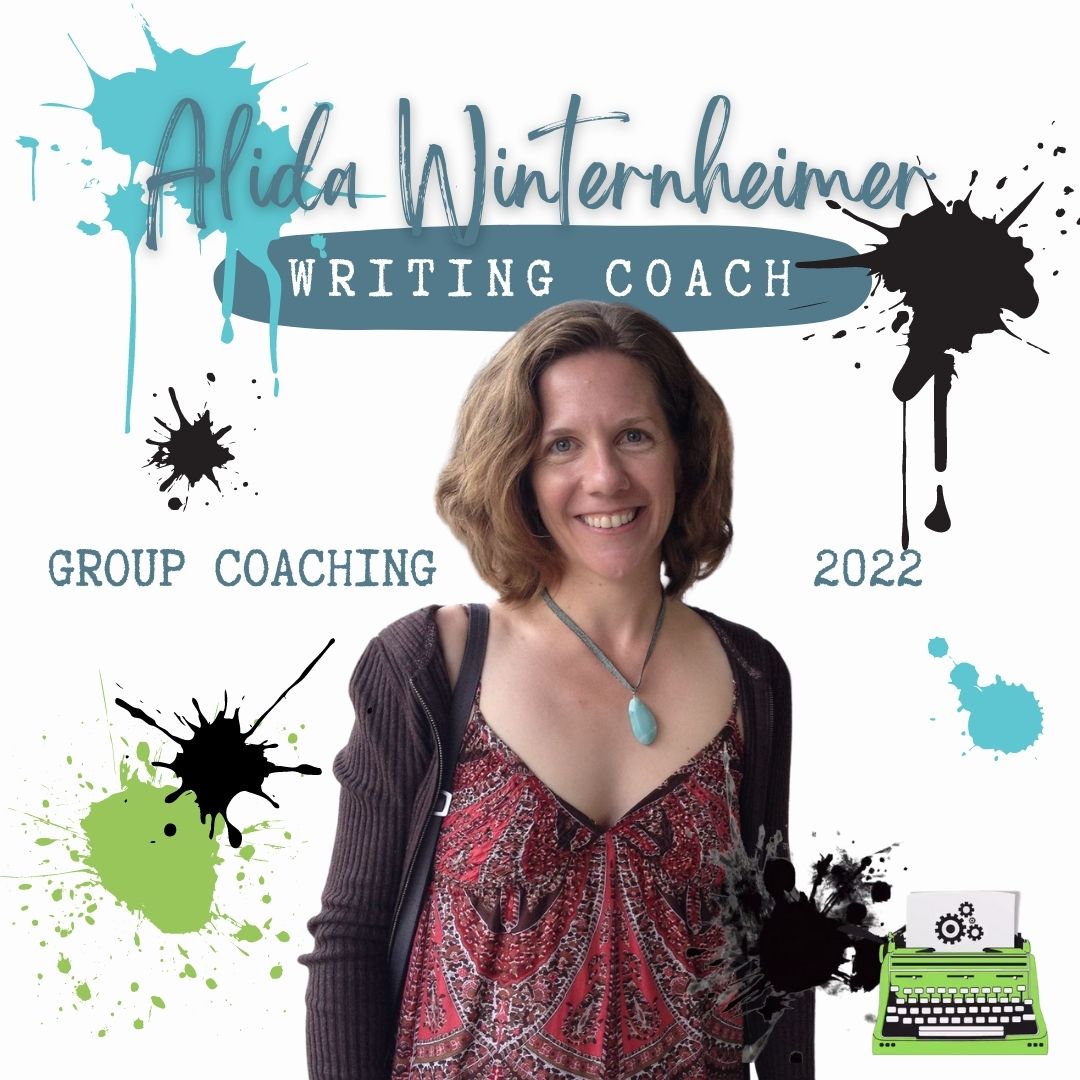Excerpt
Robert: A big problem is that when you dream up your story, you have this amazing sense of, I just thought this amazing thing is going to happen to this character and then how it’s all going to end. Okay, but there’s 50% of your double, which I just haven’t thought about yet. I think for many of us, it’s being able to slow down, tease apart the problem, and introduce all of the complications that are required to then deliver that delicious climax that is really satisfying to the reader. So it’s such an important task, yet it’s probably the thing we naturally, as writers, I’m making it very everybody. It’s not everybody’s problem, of course, but we do know many of us experience the problem where we don’t know what to put in the middle there, I suppose.
Kathryn: Yeah, we have this big empty gap, like, just tell me what to put in here, please.
Sound familiar? Then sit back and enjoy this week’s episode all about “what to put in here, please!”
VIDEO
AUDIO
SHOW NOTES
What we talked about:
What are some problems we have with Act Two? (0:52)
Broaden your focus away from the main plot. (3:42)
Sub-plot, not Side-plot. (6:45)
Don’t pigeonhole your side characters. (9:05)
The problem of too much going on. (12:38)
Use moments of convergence. (16:43)
Use your side characters and subplots to drive us towards the climax. (18:55)
When your main plot is taking a breather, what do you do to avoid a soggy middle? (19:30)
How different writers can use different tools to discover the middle of their story. (20:50)
RELATED EPISODES
LINKS
Get Alida’s Writing Tips here.
Things we mentioned:
Blueprint Your Bestseller by Stuart Horwitz
Wakefield
Have thoughts, questions, other examples? Join the conversation at the Story Works Writers Facebook group.
Do you enjoy the show?
Do you learn something every week?
Do you feel like you have company on your writing journey?
About Your Hosts







0 Comments